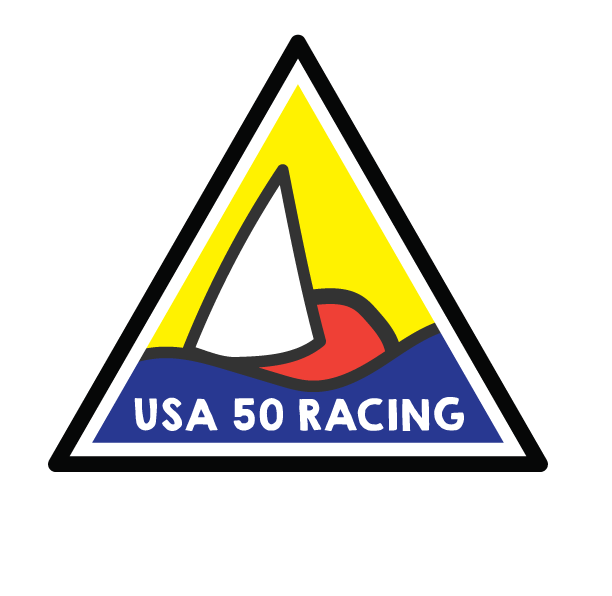This year's European Championship was in Gdynia Poland on the south end of the Baltic Sea. Conditions were often light with small chop. We have never been to Poland before, and can decisively say that the people were nice, the weather was beautiful and the food was delicious and inexpensive!
As a new team putting in a lot of racing hours, we aren’t as focused on results goals as we are on process goals that will give us the tools we need to excel at the right times in coming two years. We used this event as an opportunity to troubleshoot some equipment and technique questions we had. We are pleased with the progress we made in challenging conditions and really stoked to bring it to the table in Aarhus this week for the Hempel Sailing World Championships.
A huge asset in attacking these process goals in Gdynia was our involvement with the US Sailing Team. This was our second regatta sailing with them. The support we received on and off the water from our team mates and coach helped us improve in all aspects of our game… and we are REALLY excited for what is yet to come from Team USA!
When to foil, when not to foil? Euros posed some opportunities to work on this question, and understand the strategy of it! Sea state has more affect on the Nacra than the wind strength when it comes to performance. When foiling, waves are speed bumps! The wrong sea state and 12 knots can be much more difficult to sail in than 18 knots and flat water. At Euros we were lucky enough to see a variety of sea states.. great for the learning process! For the first few days a light breeze came from a direction sheltered by land, and we sailed in flat water. This made upwind boat speed a huge priority, and downwind foiling a secondary one. The last few days of the event the breeze was the same but the sea state was a bit more complex: a sloppy short chop mixed with waves. Upwind speed was still the biggest priority.
Why? Because in light air foiling is actually not necessarily the main feature of a race. The first upwind leg is! It is too light to foil upwind, and the spread of the fleet at the top mark is unlikely to go through many drastic changes when the top speed of the boats is so low. That means if you sail well upwind and round in the top, you're likely to stay close to that position throughout the race!
Our downwind foiling range starts at about 5+ knots... although it takes some work to pop up on the foils, if you can keep the apparent wind forward (by keeping the speed up) the boat stays on the foils. A few wrong steps or a luffing sail and the boat will drop off the foils. It is an investment of speed and distance to get the boat up and flying, so teams have to be clear and concise about whether the foiling mode is the best mode at the low end of the breeze range. The average breeze range we saw at Europeans was 4-12... perfect conditions to make choosing the mode hard sometimes. We had great speed downwind in Poland, and feel really confident about our ability to keep the boat foiling in light conditions. Unfortunately, these assets were not as important as upwind boatspeed is in light to moderate wind conditions.
After the first day of racing, it was clear that we had an upwind speed problem and it made it extremely hard to compete in light choppy conditions. The regatta quickly changed from a chance to perform to a great opportunity to line up against the fastest boats and improve our boat speed. And that is what we did, every day we got a little faster and could hold our lane a little better. On top of that, our downwind speed had us passing boats every downwind!
We finished the regatta happy with our progress in boat speed. We had the chance to work closely with the US Team coach throughout the event, and are very confident in the changes we've made and the learning opportunities afforded to us by such a tricky boat speed handicap.
Now, two weeks of solid training with the US squad in Aarhus, Denmark followed by the 2018 World Championship is what we are focused on!

